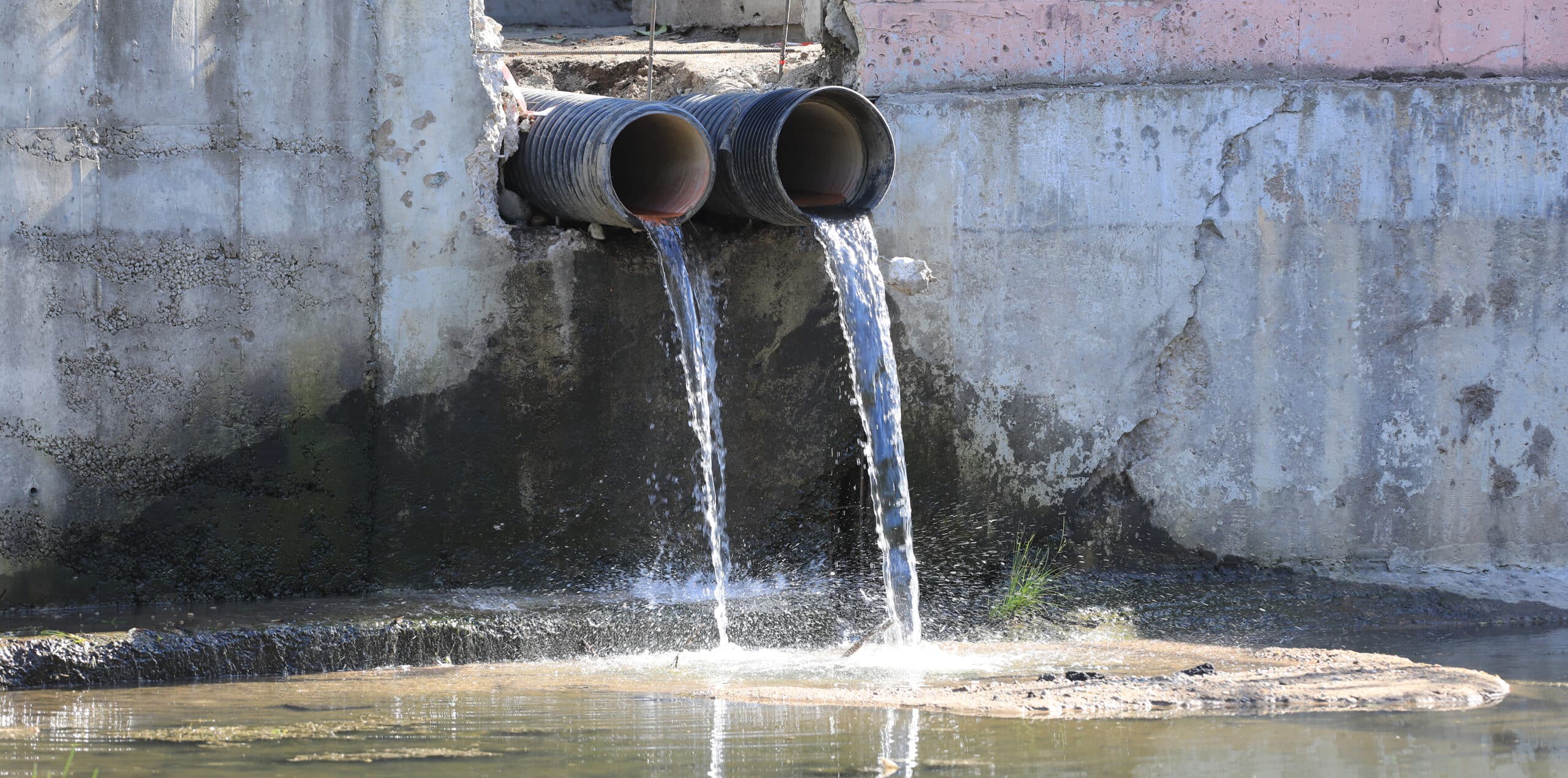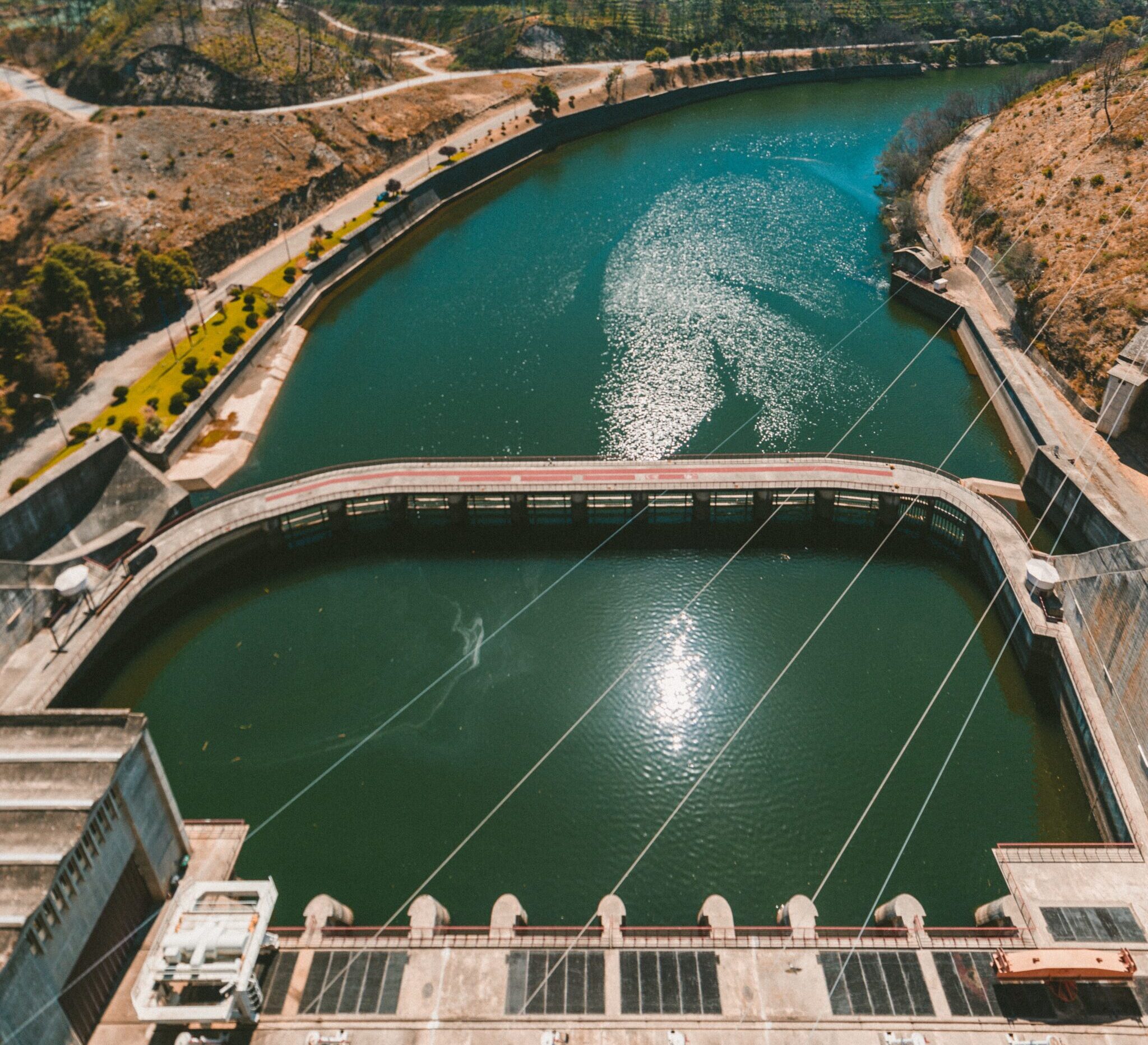The Future of Wastewater Management with Smart Technology
Published on by Water Network Research, Official research team of The Water Network in Case Studies
Water is often called the oil of the 21st century, and for a good reason. As the global population rises and urbanization accelerates, the demand for clean, accessible water has never been higher. However, despite covering 71% of the Earth’s surface, only 3% of the world’s water is fresh, and a mere 0.007% is safe for human consumption. The need to manage and protect this critical resource is urgent, particularly in wastewater treatment, where contamination poses significant risks to both the environment and public health.
High Demand for Water
Water usage is increasing at an exceptional rate. Agriculture alone consumes 70% of global freshwater, while industry accounts for approximately 20%, and personal consumption makes up less than 10%. Farming remains one of the most water-intensive sectors.
Population growth hence, is a significant factor in rising water demand. By 2050, the global population is expected to increase by 3 billion people, with 2.7 billion of them residing in developing countries. Urbanization will also intensify water usage, with 7 out of 10 people living in urban areas by 2050. Meeting this growing demand requires innovative solutions to maximize water efficiency and sustainability.
What’s Wrong with the Water?
The crisis isn’t just about scarcity; it’s also about quality. A report published by the United Nations Educational, Scientific and Cultural Organization in 2015 states that, 90% of sewage in the developing world is discharged directly into rivers, lakes, and coastal waters without treatment. Similarly, 70% of industrial waste is released untreated, causing severe environmental degradation. As for China, it’s the world’s biggest water user, accounting for 13 percent of the world’s freshwater consumption. 70% of rivers are now too toxic to support aquatic life, making water contamination one of the most pressing global challenges.

The Growing Wastewater Crisis
Wastewater pollution is a big challenge, particularly in developing regions where infrastructure for treatment is either insufficient or nonexistent.
As demand for water increases due to agricultural expansion, industrial growth, and urban development, wastewater management is becoming more critical. It is not just an environmental concern but also an economic necessity. In 2023, United States alone requires over $275 billion in water infrastructure investments. Clearly, traditional methods of water management are struggling to keep up with the modern world’s requirements.
Harnessing Smart Solutions for Wastewater Management
Effective wastewater management is essential to preserving water quality and ensuring long-term sustainability. The challenge, however, lies in adopting solutions that are efficient, cost-effective, and environmentally friendly. One of the most promising advancements in this field is the use of real-time water monitoring and ultrasound technology to manage water quality in wastewater treatment facilities.
By integrating real-time monitoring buoys into wastewater reservoirs, treatment plants can gain instant insights into critical parameters. Dissolved oxygen, pH levels, turbidity, and nutrient concentrations being the key parameters. This data-driven approach allows for more precise wastewater management, reducing the overuse of chemicals while optimizing aeration and filtration processes.
Ultrasound technology further enhances wastewater treatment by preventing algal blooms, which often thrive in nutrient-rich wastewater. By disrupting the cellular processes of algae, ultrasound ensures that harmful blooms do not proliferate, improving overall water quality and reducing the burden on filtration and chemical treatments. Unlike traditional methods, this solution does not introduce harmful chemicals into the ecosystem, making it a sustainable alternative for long-term water management.

What Can Be Done?
Innovative solutions are revolutionizing the way wastewater management is done, offering sustainable and efficient alternatives to traditional methods. One such breakthrough technology involves the use of real-time monitoring buoys that continuously assess water quality and deploy targeted interventions to improve treatment efficiency.
By integrating real-time data collection with ultrasound technology, wastewater treatment plants can effectively manage nutrient levels, control algae growth, and prevent biofouling without relying on chemicals. These systems work by:
- Monitoring key water quality parameters such as turbidity, dissolved oxygen, chlorophyll-a, and pH, allowing facilities to make precise adjustments to aeration and filtration processes.
- Preventing algal blooms by using ultrasound waves to disrupt algae at a cellular level, reducing the need for chemical treatments and improving overall water quality.
- Enhancing biological treatment efficiency , as optimized oxygen and nutrient levels create ideal conditions for beneficial bacteria to break down organic waste.
- Reducing maintenance costs and chemical usage , leading to long-term savings while minimizing environmental impact.
Additional approaches include:
- Expanding the water supply through efficient distribution and management strategies.
- Boosting water-use efficiency by adopting innovative irrigation and industrial water recycling techniques.
- Investing in modern solutions such as:
- Pumping & pipelines for better water transport.
- Well drilling to access new water sources.
- Testing & measurement for real-time water quality monitoring. Advanced monitoring technologies provide instant insights into key water quality parameters such as pH, dissolved oxygen, turbidity, and nutrient concentrations. By using smart, data-driven solutions, wastewater treatment facilities can adjust treatment processes in real time, optimizing chemical dosing, aeration, and filtration. This reduces the overuse of chemicals, minimizes energy consumption, and improves overall treatment efficiency. Additionally, remote monitoring capabilities allow operators to respond proactively to contamination risks. This ensures compliance with environmental regulations while reducing operational costs.
- Leakage detection to prevent water loss.
A smarter look ahead
The challenges of water scarcity and pollution are growing, but so are the solutions. Investing in advanced water monitoring and treatment technologies is no longer a luxury, it is a necessity. By leveraging real-time data and ultrasound technology, wastewater treatment facilities can ensure cleaner water, healthier ecosystems, and a more sustainable future for generations to come.
Attached link
https://www.lgsonic.com/insights-the-future-of-wastewater-management-with-smart-technology/?utm_source=newsletter&utm_medium=email&utm_campaign=LGS+24%2F3%2F2025+EN&utm_source=ZohoMarketingHub&utm_campaign=LGS+Newsletter+24%2F03%2F2025+EN&utm_medium=emailTaxonomy
- Quality Maintenance
- Water Quality Management
- Water Quality Monitoring
- Quality & Environmental Management
- Water Quality Modelling
- Water quality
- Water Quality Research
- Water quality technician
- Water Quality Monitoring Sensor
- Water Quality Modelling
- Water Quality